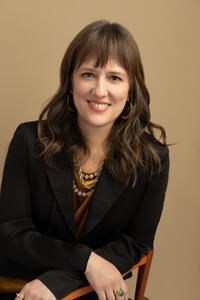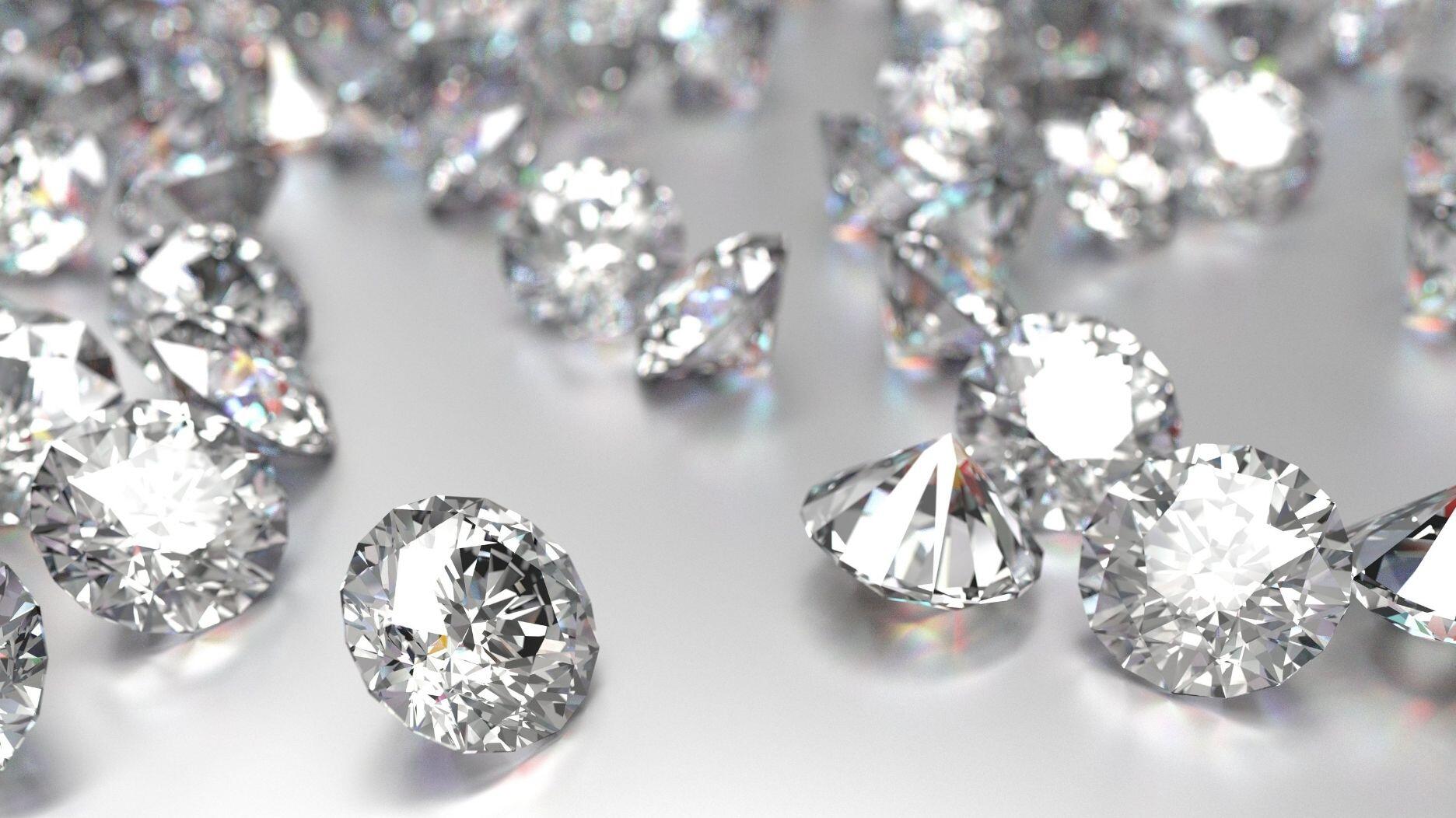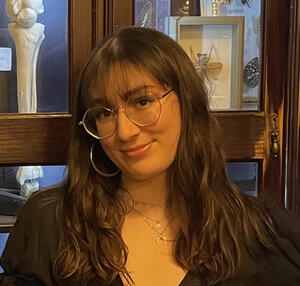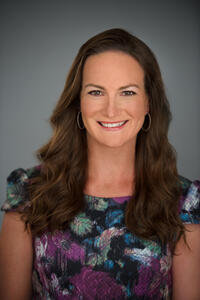Tom Chatham Has Written a Book About His Family
It details the family’s history and legacy in the world of lab-grown gems and is set for release at the JCK show in Las Vegas.
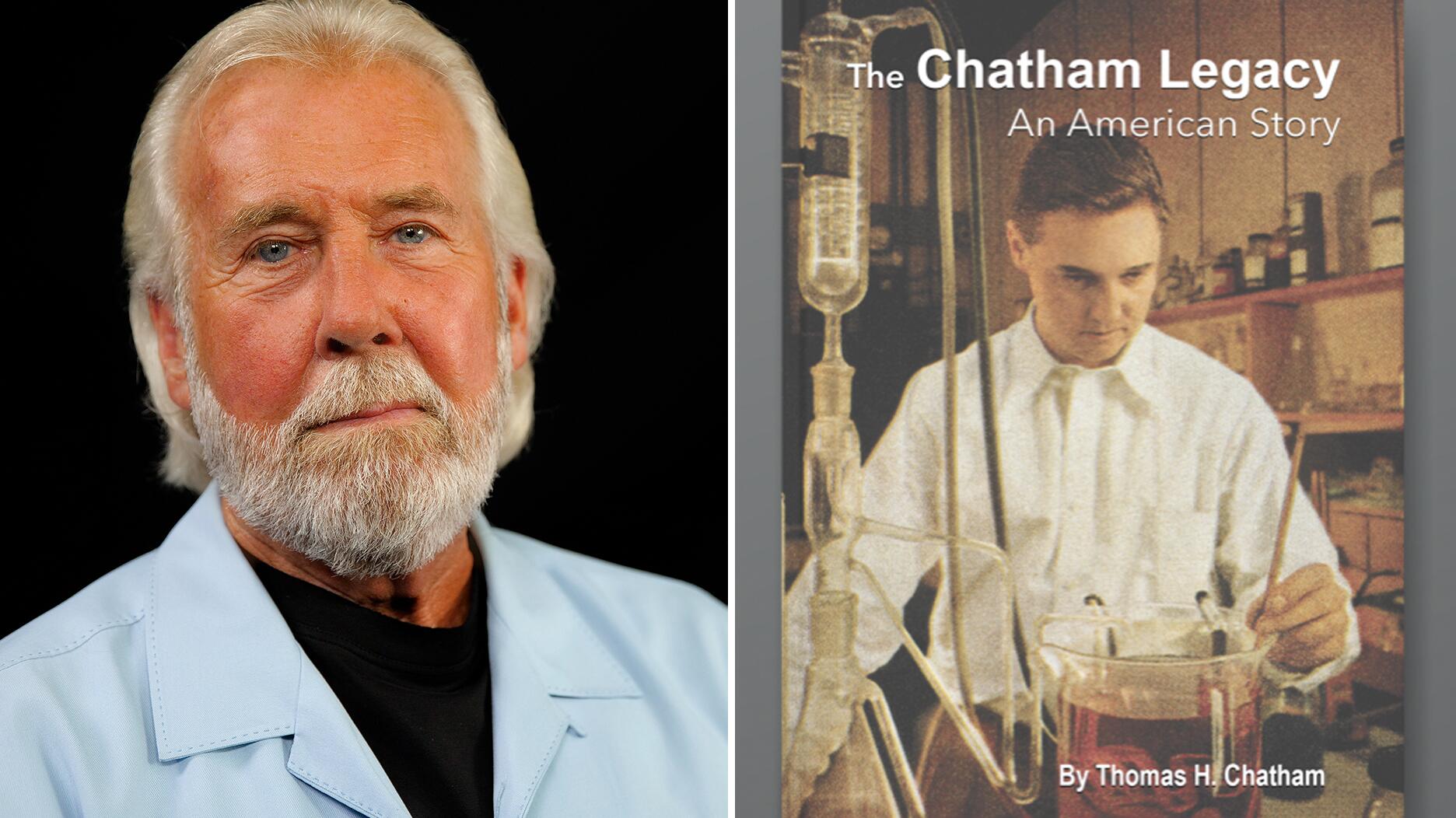
“The Chatham Legacy, An American Story,” is set to be released at the upcoming JCK show in Las Vegas.
The 219-page book is described as, “a look inside the true story behind the original lab-grown company,” that is a “must-read for everyone in the industry who wants to a gain a real understanding of how this category came to be.”
After experimenting with gemstone growing in the garage of his parents’ San Francisco home, chemistry-loving Carroll Chatham—Tom’s father—started Chatham Created Gems in 1938 after figuring out how to reliably produce emeralds.
“The Chatham Legacy” details these early days of experimentation, as well as the company’s battle with the Federal Trade Commission over the term “created,” a fight it ultimately won in 1963.
“Many thousands of dollars were spent to change this one little word, from ‘cultured’ to ‘created,’” Tom writes in the book. “Everyone felt relieved and positive for the future. Chatham-Created Emerald was born.”
The industry’s back-and-forth with the FTC over terminology for man-made stones continues today, from the recent revisions to the Jewelry Guides regarding terminology around lab-grown diamonds to the FTC’s current review of the “Green Guides,” which still are open for public comment.
The book also details the company’s journey to educate and try to win acceptance from the trade.
“Just to give you an idea how prehistoric the gemological world was back then, I have personal correspondences from 1947 from Richard T. Liddicoat, then president of the Gemological Institute of America (GIA), which was training jewelers to become professional gemologists, asking Carroll for any suggestions he may have on separating his emeralds from natural,” Tom states in the book.
According to the book, one of Liddicoat’s letters reads, “Since your product is so beautifully made and compares so favorably to fine natural material, we doubt that it would be possible to teach a method of identification by recognition of the differences between inclusion in your product and in natural emerald.”
After emeralds, Carroll expanded to growing rubies in 1958, alexandrite in 1972, and different varieties of sapphire beginning in 1975, among other gems.
When Tom joined the family business in 1965, he focused on creating business opportunities for the gemstones his father was growing. He writes in the book, “The courts may have given Chatham-Created Emerald its blessing, but certain sectors of the jewelry industry did not—and some never would.”
Tom will be in Las Vegas during the JCK show signing copies of his book. His company exhibits in the Plumb Club Pavilion, PC-700.
It is available in hardcover only and costs $90. In addition to Chatham, both GIA and Vancouver, British Columbia-based Branko Gem Labs will be selling copies of the book.
To pre-order or reserve a copy, call 800-222-2002 or email sales@chatham.com.
The Latest
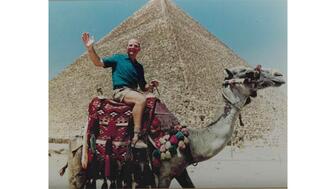
Said to be the first to write a jewelry sales manual for the industry, Zell is remembered for his zest for life.

The company outfitted the Polaris Dawn spaceflight crew with watches that will later be auctioned off to benefit St. Jude’s.

A buyer paid more than $100,000 for the gemstone known as “Little Willie,” setting a new auction record for a Scottish freshwater pearl.

Supplier Spotlight Sponsored by GIA.
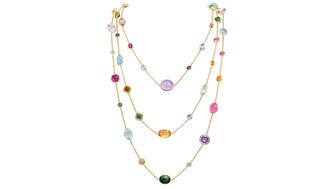
Anita Gumuchian created the 18-karat yellow gold necklace using 189 carats of colored gemstones she spent the last 40 years collecting.

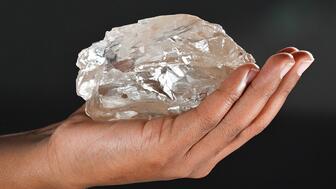
The giant gem came from Karowe, the same mine that yielded the 1,109-carat Lesedi La Rona and the 1,758-carat Sewelô diamond.
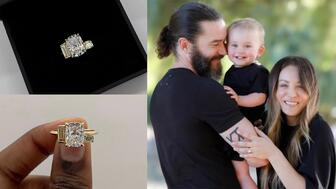
The three-stone ring was designed by Shahla Karimi Jewelry and represents Cuoco, her fiancé Tom Pelphrey, and their child.

Supplier Spotlight Sponsored by GIA
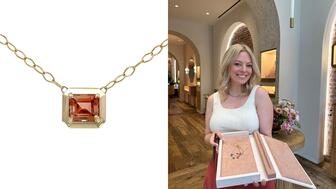
The Manhattan jewelry store has partnered with Xarissa B. of Jewel Boxing on a necklace capsule collection.

Acting as temporary virtual Post-it notes, Notes are designed to help strengthen mutual connections, not reach new audiences.
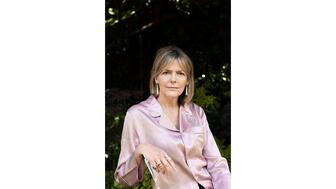
The jewelry historian discusses the history and cultural significance of jewelry throughout time and across the globe.

From fringe and tassels to pieces that give the illusion they are in motion, jewelry with movement is trending.
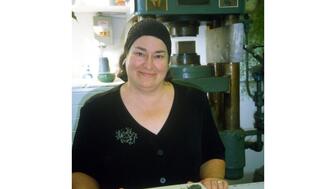
The designer and maker found community around her Philadelphia studio and creative inspiration on the sidewalks below it.
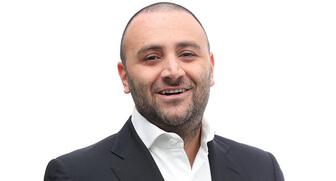
The change to accepted payment methods for Google Ads might seem like an irritation but actually is an opportunity, Emmanuel Raheb writes.

The industry consultant’s new book focuses on what she learned as an athlete recovering from a broken back.
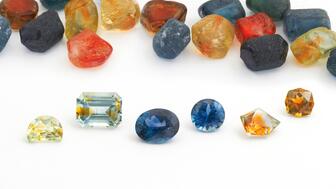
The fair will take place on the West Coast for the first time, hosted by Altana Fine Jewelry in Oakland, California.
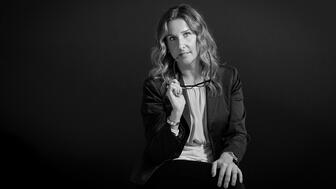
Hillelson is a second-generation diamantaire and CEO of Owl Financial Group.
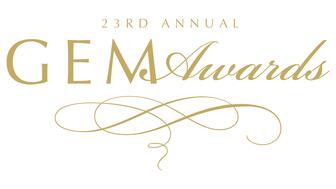
Submissions in the categories of Jewelry Design, Media Excellence, and Retail Excellence will be accepted through this Friday, Aug. 23.
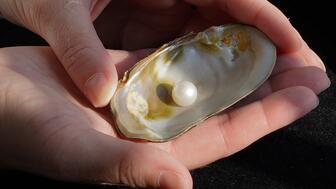
Known as “Little Willie,” it’s the largest freshwater pearl found in recent history in Scotland and is notable for its shape and color.
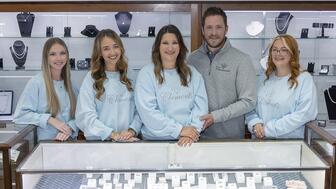
Clements Jewelers in Madisonville cited competition from larger retailers and online sellers as the driving factor.
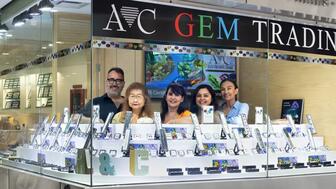
The gemstone company is moving to the Ross Metal Exchange in New York City’s Diamond District.

Most of the 18th century royal jewelry taken from the Green Vault Museum in Dresden, Germany, in 2019 went back on display this week.

The Pittsburgh jeweler has opened a store in the nearby Nemacolin resort.
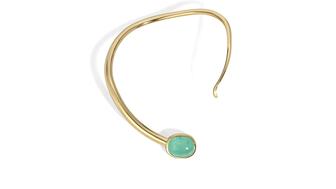
With a 40-carat cabochon emerald, this necklace is as powerful and elegant as a cat.

The Erlanger, Kentucky-based company was recognized for its reliability when it comes to repairs and fast turnaround times.
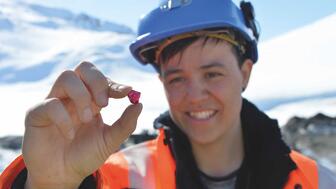
Unable to pay its debts, the ruby and sapphire miner is looking to restructure and become a “competitive and attractive” company.
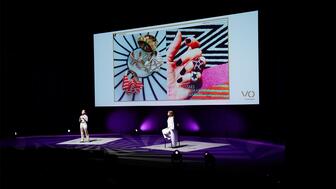
The trend forecaster’s latest guide has intel on upcoming trends in the jewelry market.




